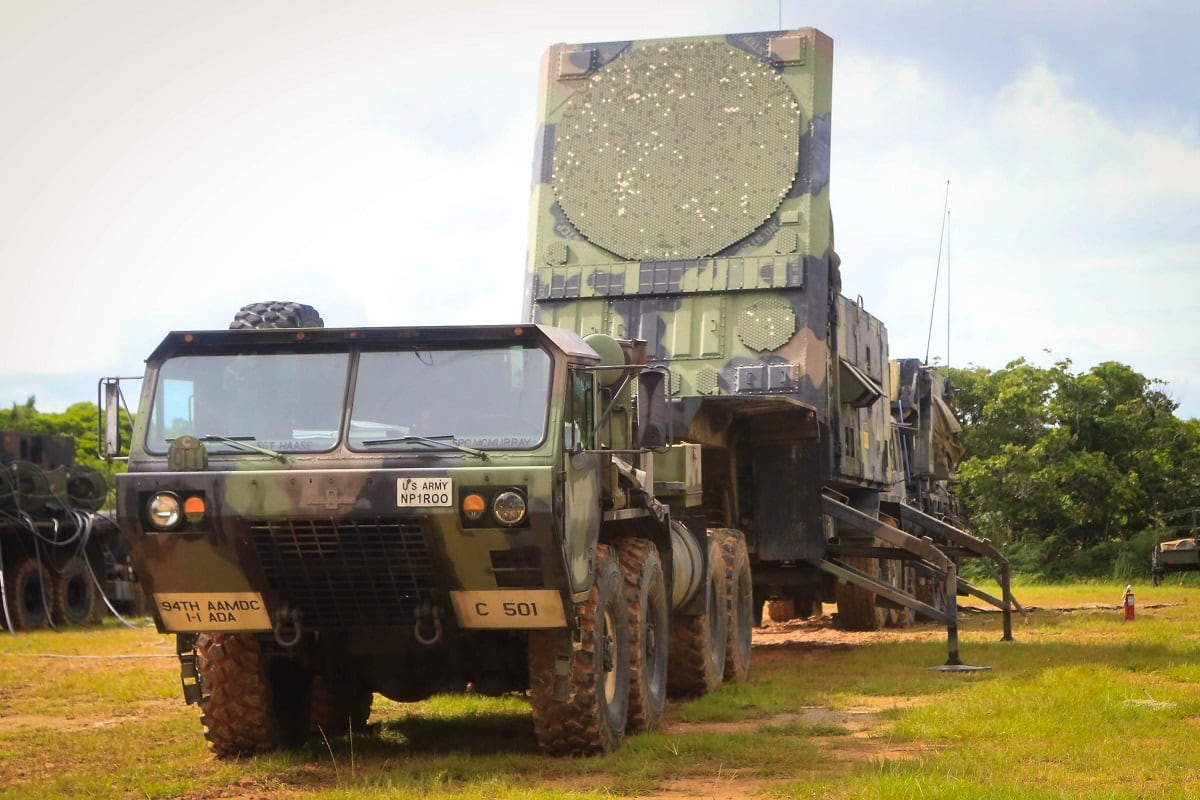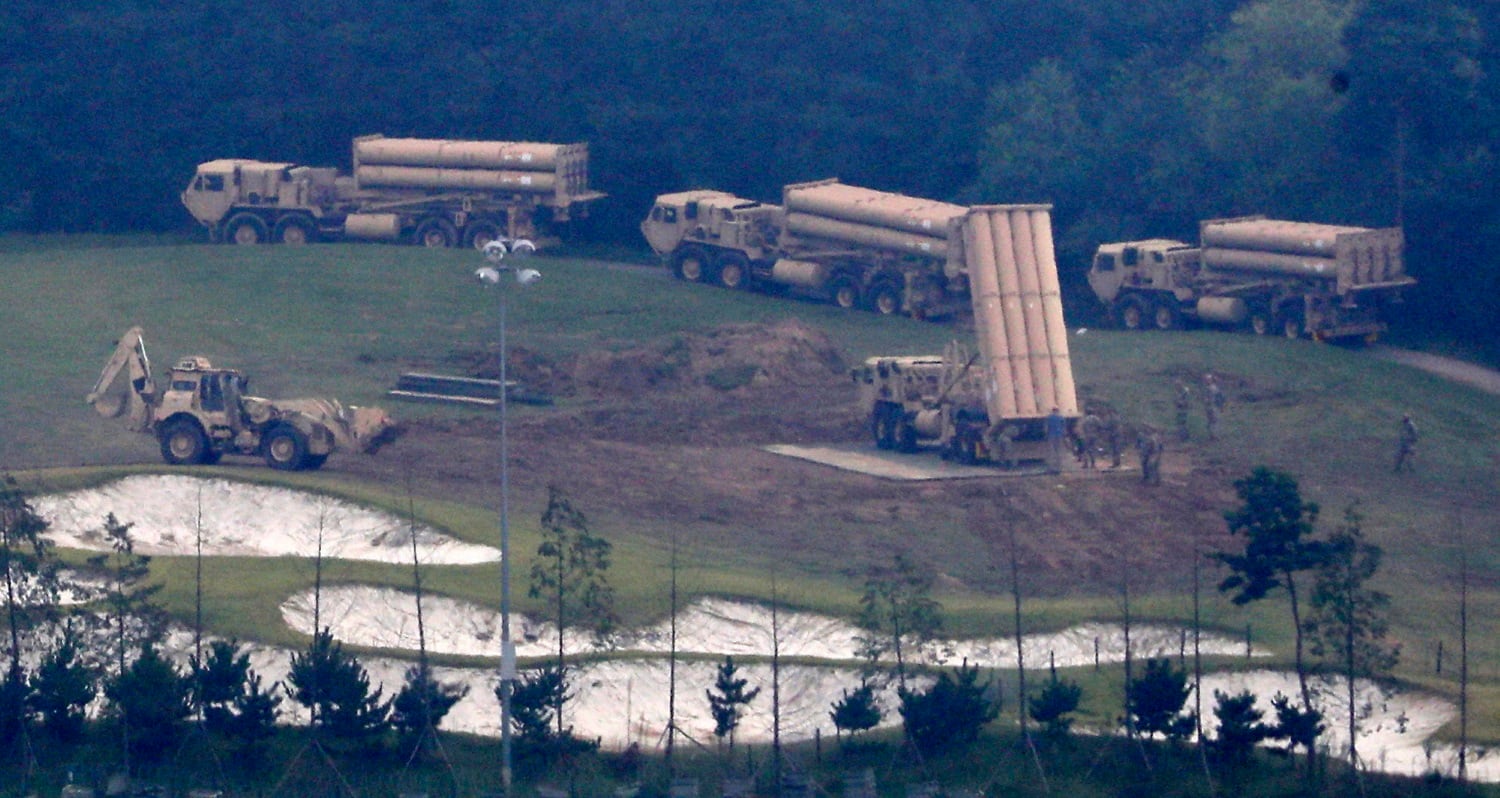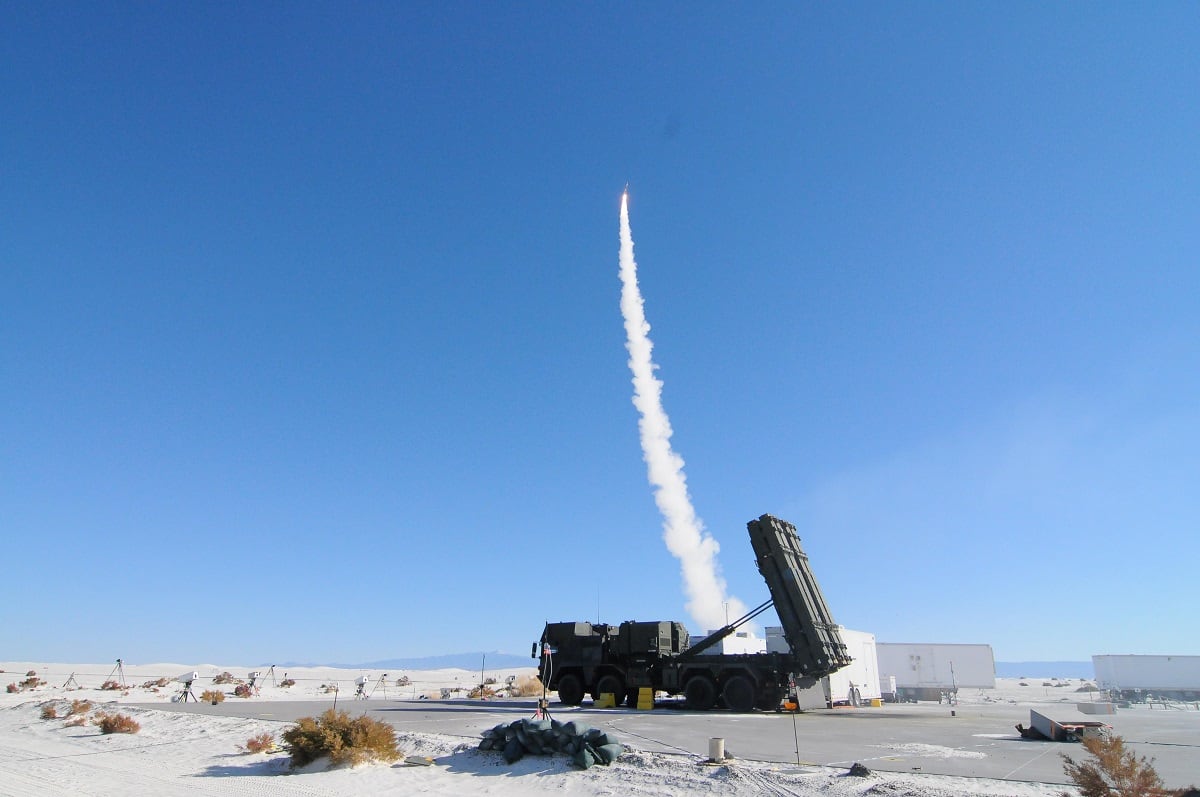Abandoning 360-degree coverage would make air defenses more vulnerable and undermine their mission
Press reports and statements from U.S. Army leadership suggest that omnidirectional capability for the Lower Tier Air and Missile Defense Sensor, or LTAMDS, may be slipping away as the threshold requirement it deserves to be.
Air defenders and joint forces under their protection should hope this doesn’t happen.
While unveiling the Army’s six modernization priorities last year, Chief of Staff Gen. Mark Milley declared: “None of this is going to matter if you’re dead. And that’s why you need air defense.”
But without omnidirectional sensing, U.S. air defenses and their defended assets may also end up dead, suppressed by enemy threats they cannot see.
And that’s why air defenders need 360-degree sensor coverage.
RELATED

Omnidirectional threats
During the post-Cold War holiday from history, air superiority was taken for granted as a birthright. The corresponding neglect of air defense has now caught up with us. The joint force now faces a more complex and contested aerial-threat environment than ever before.
LTAMDS is intended to replace the 120-degree Patriot radars designed decades ago. The Q-53 and Q-65 radars have improved, but threats have frankly outpaced them.
Past air and missile defenses focused on threats with more predictable trajectories. Today’s threat spectrum is far more diverse. Even a poor man’s air force today may have drones and cruise missiles that fly around sectored sensors to kill them in their blind spots. Maneuvering ballistic missiles, radiation-seeking missiles and hypersonic glide vehicles pose further challenges. Sensors for the modern battlefield must also be capable against non-kinetic attack, like electronic spoofing and jamming.
Of particular concern is the prospect that U.S. air defenses could be suppressed by complex, integrated attacks. Last summer, North Korea used a UAV to surveil the Terminal High Altitude Area Defense ballistic missile defense battery in South Korea. Had it instead attacked the TPY-2 radar, it could have incapacitated THAAD on the Korean Peninsula. Yemen’s Houthis openly brag about using drones to target Saudi Patriot radars. In Syria and Ukraine, Russia has demonstrated the lethal effect of integrating electronic attack, drones, artillery and short-range ballistic missiles.
25 years and counting
Concrete manifestations of the Army’s seriousness about the current strategic environment include the conceptual development of multidomain operations, the creation of a cross-functional team for air and missile defense, the reconstitution of maneuver short-range air defense, and the establishment of Army Futures Command.
Much history precedes these recent efforts for the Army Air Defense Artillery branch. A quarter-century ago, the Army planned a 360-degree radar for what was then called Corps SAM. That program later became the multinational Medium Extended Air Defense System, or MEADS, which the United States exited in 2012.
Although advancing LTAMDS is a long-awaited, welcome development, it would be unfortunate if accelerated fielding comes at too steep a capability cost. Yet, references to 360-degree capability are conspicuously absent from a recent announcement for an LTAMDS “sense-off” event next year.
In last year’s defense authorization bill, Congress warned that if the Army couldn’t deploy a multi-threat, 360-degree sensor by 2023, then LTAMDS and its budget would be taken away and given to the Missile Defense Agency.
Integration necessary but insufficient
One justification for deprioritizing the LTAMDS 360-degree requirement is that gaps will be filled by stitching together sectored radars or by tethering to other unspecified assets.
To be sure, network centrism represents the future of integrated air and missile defense. The Army has prudently advanced the “any sensor, best shooter” vision, integrated fire control via the Integrated Air and Missile Defense Battle Command System, and other near-term interoperability improvements.

Caution is nevertheless in order. Integration is no substitute for a fire unit fighting effectively on its own. Data from supporting sensors may not always be available due to competing missions, battery dispersal or network degradation. The Army’s last air and missile defense strategy touted the need for 360-degree sensors in the same paragraphs presupposing networked integration.
Building a ring of sectored radars is possible, but reduces the defended area. Circling the radar wagons also invites sudden rather than graceful degradation. Once the enemy punches a hole in the defense by eliminating one wagon, strike assets would follow, killing the other sensors from their blind spots.
Assuming lots of extra sensors lying around is also in tension with the primacy of maneuver. Expeditionary forces must be able to execute their mission without austere or little augmentation. Patriot batteries on the move won’t have the luxury of borrowing radars from other branches to lug around.
Retaining 360-degree coverage at the element or battery level, by contrast, supports both resilience and flexibility by allowing commanders to send self-sufficient, untethered batteries wherever needed.
Multifunctional considerations
The functions that air defense radars must perform further underscore the importance of unadulterated 360-degree coverage. A radar must find, fix and track threats, and then support fire control engagement — guiding interceptors to target. Sentinel radars are proven to serve surveillance and tracking functions for air breathers, but are not built for Patriot fire control, nor for ballistic missiles.
It’s not easy to do all these functions in every direction simultaneously. MEADS was initially designed to have one continually spinning surveillance sensor and another, higher-frequency radar that could stare for tracking and fire control. Several years ago, the Army chose to consolidate these functions onto one platform, rather than two.

Increased expectations from a single platform may have lead to increased cost and prompted the consideration of LTAMDS designs relatively less capable against salvo attacks.
When a single rotating radar stops spinning for fire control with one engagement, its ability to track others in a complex raid might be diminished. Conversely, a stationary, staring radar with one primary face and two smaller faces would favor a particular sector.
The Army’s upcoming sense-off test provides an opportunity to aggressively pit sensor entrants against diverse and integrated salvo attacks. Based on the results, it may make sense to re-evaluate both the consolidation decision and other requirements, even if it means combining several companies’ wares into a “best of breed” solution.
The sense-off should be a catalyst for minimizing sensor gaps and seams, not a justification for widening them. The characteristics of LTAMDS will likely persist a long time, both for U.S. air defenders and likely for international partners, including the 14 other countries operating Patriot.
And if in the end, near-term priorities do force the delay of omnidirectional coverage, an alternative threshold requirement should be to build in ample margin for subsequent upgrades to accommodate an objective requirement of true 360-degree, multi-threat coverage.
The stakes
But failing to provide robust sensor coverage would fail to honor the threat.
The Air Defense Artillery branch’s motto is “First to Fire.” In a conflict like those envisioned in multidomain operations, they would also likely be the first to be fired upon.
At stake is survivability in a challenging aerial-threat environment. Sacrificing 360-degree coverage for LTAMDS could be a grave mistake. Army leadership shouldn’t make it easier for the enemy to suppress Army air defenders by lowering sensor requirements.
Tom Karako is a senior fellow in the International Security Program and director of the Missile Defense Project at the Center for Strategic and International Studies.








